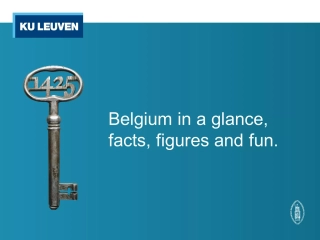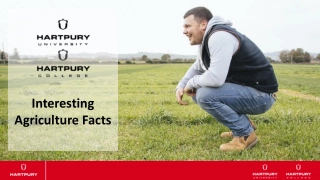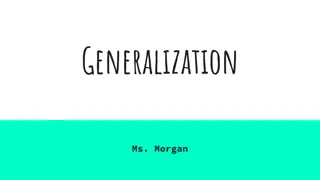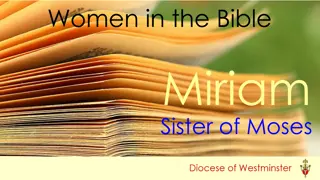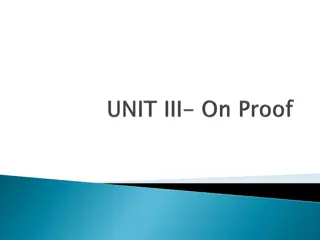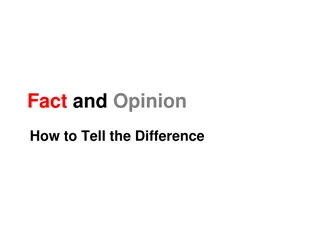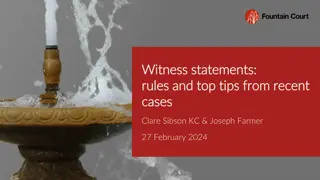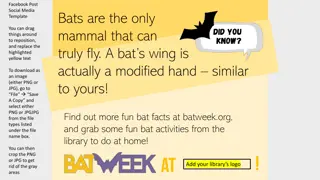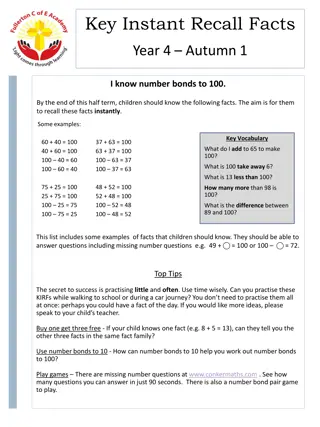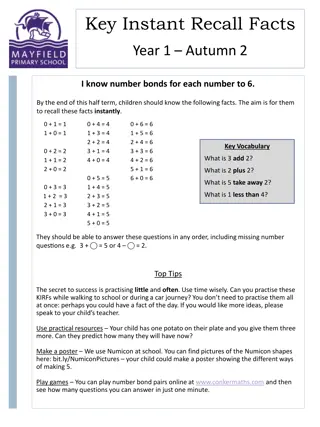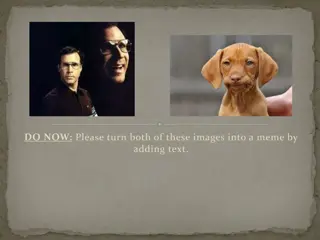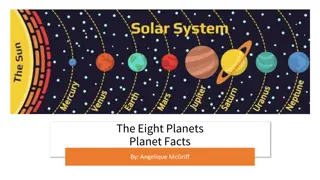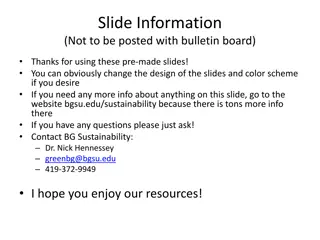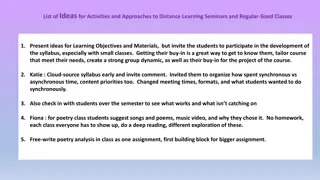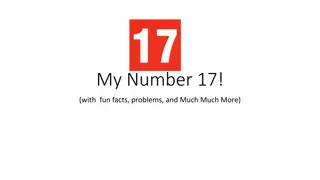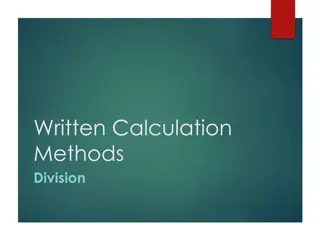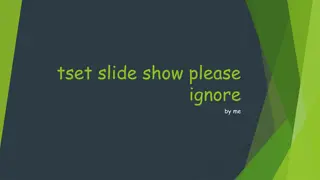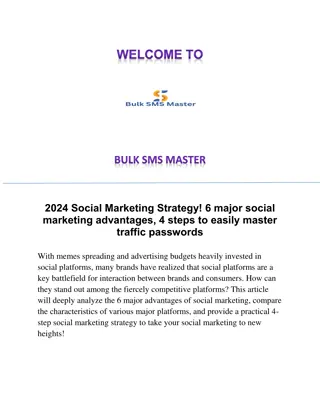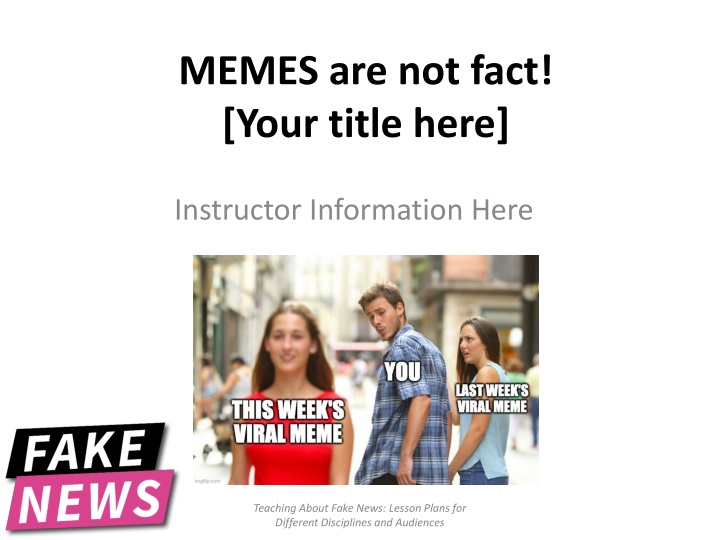
Memes: Teaching About Fake News and Internet Culture
Explore the history and impact of memes, differentiate between fact and misinformation, and engage in activities to analyze memes critically, all aimed at improving media literacy and combating fake news. Discover the evolution of internet memes and learn to discern reliable information sources amidst the online chaos.
Download Presentation

Please find below an Image/Link to download the presentation.
The content on the website is provided AS IS for your information and personal use only. It may not be sold, licensed, or shared on other websites without obtaining consent from the author. If you encounter any issues during the download, it is possible that the publisher has removed the file from their server.
You are allowed to download the files provided on this website for personal or commercial use, subject to the condition that they are used lawfully. All files are the property of their respective owners.
The content on the website is provided AS IS for your information and personal use only. It may not be sold, licensed, or shared on other websites without obtaining consent from the author.
E N D
Presentation Transcript
MEMES are not fact! [Your title here] Instructor Information Here Teaching About Fake News: Lesson Plans for Different Disciplines and Audiences
LEARNING OUTCOMES We will define memes and internet memes We will be able to identify the informational elements contained in a meme We will be able to analyze the purpose and impact of the information or misinformation contained in memes Search the ACRL Sandbox for more lessons with #fakenews
History of Memes In his 1976 book The Selfish Gene , Richard Dawkins coined the word meme. Dawkins defines memes as units of culture that spread from person to person by means of copying or imitation. Keith Henson, defines them as replicating information patterns: ways to do things, learned elements of culture, beliefs or ideas. Memes can come in a variety of forms, images, text, phrases, stories, and now video and audio clips. Examples of memes can be found long before the Internet Kilroy was here What, me worry? Search the ACRL Sandbox for more lessons with #fakenews
Internet Memes Online memes have been in the conversation around the Internet since it first came onto the scene in the early 1990s. Internet memes take various forms - from new words, spellings, and phrases (lolcats) to images (Willy Wonka leaning on his hand, the cat and the woman screaming at each other), to animated gifs (Forest Gump waving), to short videos (Rickrolling, anyone?) these small pieces of culture are perfectly designed for the electronic environment. They are no longer organic ideas that are transmitted culturally, but they are now manufactured intentionally by people or organizations attempting to control what you think. These memes are appearing on every social media platform, from Instagram to Pinterest to Reddit! Not just on Facebook! Search the ACRL Sandbox for more lessons with #fakenews
Activity (20-25 minutes) Break into groups of 2-3 Each group gets a print/digital copy of a meme [folder of sample memes available to use] Each group gets a list of questions to answer about their meme What is the meme claiming as fact - what information is it trying to impart? Who might have made this meme? What motives would they have had in making it? Who might share this meme and why? What parts could you fact-check about the meme? If the meme is misleading or untrue, does that matter? Each group reports out about their findings Search the ACRL Sandbox for more lessons with #fakenews
Fact-Checking (Optional-Round Two) Take the facts your group identified from your meme Fact-check Questions What did you search for? Where did you search? List the sites you used to fact-check Why you use those sites to verify the facts in your group s meme Rate the meme Accurate Mixed False Group reports findings back to the class Search the ACRL Sandbox for more lessons with #fakenews

